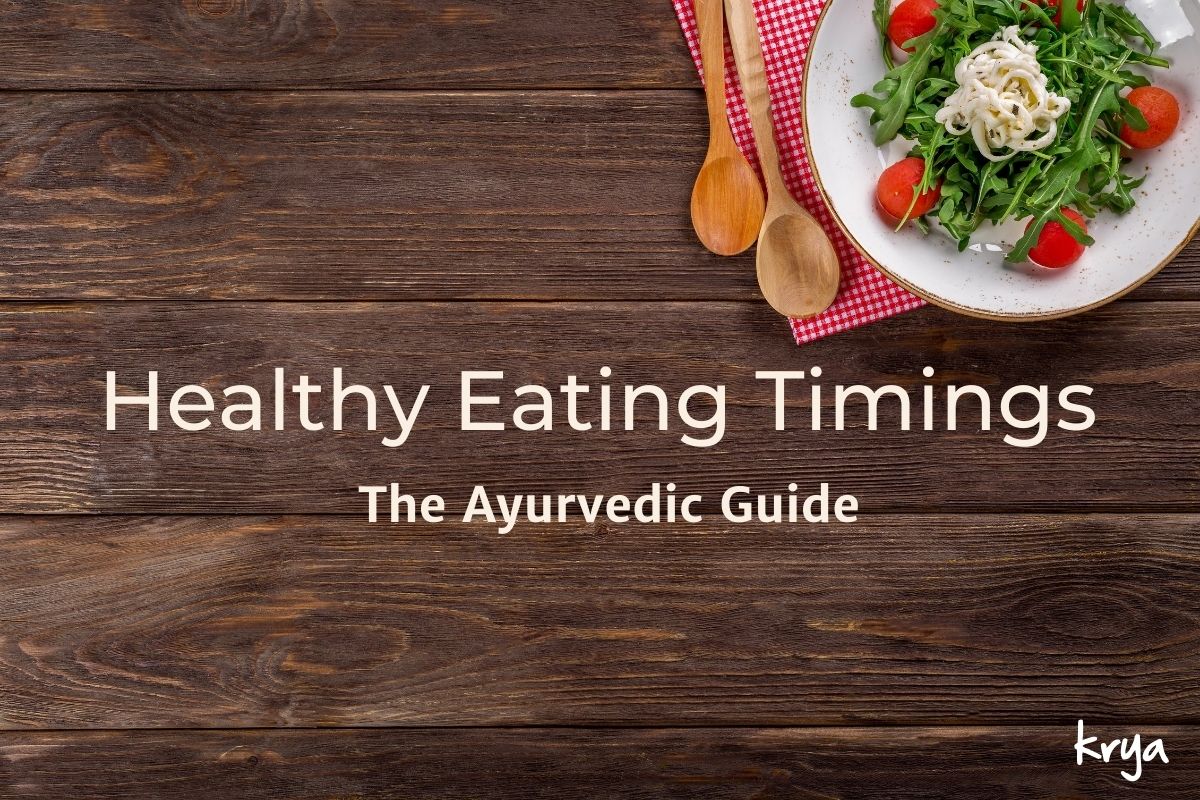
A Digital Detox is the need of the hour for nearly all of us today. Research tells us that when we practice a digital detox , our memory becomes sharper, we are able to sleep deeper, our posture becomes better, we are able to form more meaningful connections with people, and that we are open to more life changing perspectives and decisions. A Digital Detox program. A conversation on another group I am a part of spurred this post. The author of the post shared that she felt that she was “digitally addicted” to social media and found that she had developed a need to stay connected and consume vast amounts of information. So she reached out asking for help and suggestions to help her digitally de-addict. The number of responses in this discussion made me realize how much of a digital addiction problem all of us have. I began working at a time when I had no cell phone. I have even resisted using a cellphone for 2 – 3 years entirely and I avoided using a smartphone or using apps for a very long time. Yes even I find myself inexorably drawn to my smartphone. The ease of buying with pre-installed apps has left even someone like me, a self confessed Luddite, far more digitally addicted than I would like to be. Therefore I have written this post drawing on ayurvedic strategies to help everyone do a Daily digital detox. This post also shares the ayurvedic reasoning behind this, explains about the nature of vata dosha and how vata dosha is powerfully aggravated with digital addiction and what we can do everyday to control this addiction. Background for digital detox: Why it is critical to keep Vata Dosha in balance We are all made of a combination […]
The abhyanga is a powerful Dinacharya that gives us good health and well being. When done regularly it helps improve strength, balance aggravated doshas and also improves skin health and hair health. However, as we have seen, Ayurveda also advises following Ritucharya practices. These are changes / modifications to food habits and daily practices in each season. In today’s post we will look at the abhyanga modification to be done for Spring (Vasanta Ritu). In our earlier post on Vasanta Ritucharya, we have covered why a change in habits is required in this season. In Spring (Vasanta Ritu), just like ice melts in the Mountain tops due to the presence of the sun, the Sun’s movement helps melt accumulated Kapha in our bodies too. As this Kapha beings to circulate in the body, we experience a surfeit of mucous related issues like colds, runny noses, hay fever, etc. Particularly if we did not follow the Ritucharya rule in Winter about putting accumulated Kapha to work through intensive exercise, we will have to deal with aggravated Kapha in spring. The presence of this liquid Kapha in the body creates a few challenges to the practice of abhyanga in spring. As there is more Kapha circulating in the body, there is a resistance to oil absorption. Also, as Kapha tends to increase heaviness and stiffness in the body, we must be VERY careful during Abhyanga NOT to contribute further to this feeling of “gurutva” or heaviness and stiffness in the body. Abhyanga Contraindications : Before we get into the post on the abhyanga modification to be done in spring, here are some basic precautions to follow while attempting this Dinacharya. Do NOT do Abhyanga is you are pregnant or are menstruating Do NOT do Abhyanga if you are tired, have had low […]

A common question we get asked at Krya is about healthy eating timings & habits to follow and meal choices at each time. Today, the media is charged with advice on nutrition and the importance of developing healthy eating habits. Often, these so-called studies also become quite contradictory, and we naturally start looking for some genuine and time tested guidance on on ahara (food) and ahara niyama (dietary practices to observe). A key part of ahara niyama (or healthy eating habits) in Ayurveda is to identify the proper/healthy time to eat. This influences our capacity to digest food and extract nutrients from the food. In fact, choosing the correct time to eat each meal has the same effect on our health as choosing what to eat. In other words, we should spend the same amount of time planning when to eat as planning what to eat. In this post, we are going to see why Ayurveda pays so much attention to meal timing and how this is a key part of developing healthy eating habits. Planning healthy eating schedule: Different doshas influence different dayparts Ayurveda tells us that each day is divided into 4-hour dayparts. Each of these dayparts is connected to the slow rise, peaking, and then falling of a particular dosha in our body. The strength of the surge in the dosha depends upon the movement of the Sun. For example, if there is sunshine during the kapha period, the effect of kapha will be slightly reduced. Similarly, if there is good sunshine, say during a pitta part of the day, pitta will be much more aggravated due to the influence of the Sun. In order to take advantage of these natural surges in a particular dosha, we are advised to do certain activities during certain parts of […]
The Abhyanga is a key Dinacharya, daily practice recommended in Ayurveda to impart Bala (strength), Ayush (health and Immunity) and Ayu (long life) to the body. This practice forms an important part of Krya’s recommendations to improve hair growth, impart better strength and texture to hair and to also improve the quality, tone and texture of skin. An abhyanga is also a very important Dincharya that is recommended for specific cases of hairfall like post partum hairfall, hairfall due to sudden and extreme weight loss (cases of high vata aggravation). Many Krya consumers have found a HUGE difference to their hair health, skin texture and overall well being and immunity when abhyanga is added to their daily routine. The practice of abhyanga is mentioned as a health giving practice in all the Ayurvedic Samhitas. In today’s post, we will analyse the abhyanga shloka in Ashtanga Hridayam’s Dinacharya chapter and see why Acharya Vagbhatta says this is such an important and useful practice. Ashtanga Hridayam: part of the Brhat Trayee Texts in Ayurveda We have written often about how empowering Ayurveda is as a Vaidya shastra. Ayurveda is considered an UpaVeda, an offshoot of the vedas themselves and is found in the Atharva Veda. This Upa Veda is a Divine Science which has been handed down from the Devas to the Raja Rishis. It was then passed down in oral tradition until it was compiled about 3000 – 4000 years ago by Agnivesa. Agnivesa’s Samhita, was then further redacted by Charaka. Charaka’s redaction of Agnivesa Samhita became much more famous than the original, and soon everyone began to refer to Charaka’s redaction as the Charaka Samhita. Charaka Samhita forms the first of the Brhita Trayee. The second text in the Brihat Trayee is Sushruta Samhita. The Sushruta Samhita concentrates more on […]
Due to the high use of electronic devices, and excessive eye engagement, many of us commonly face eye strain & eye fatigue. We have recently been receiving a lot of queries on tackling eye fatigue and improving vision through Ayurveda. So we have re-written and expanded one of our earlier posts on this subject. This post will explore how you can easily & visibly reduce eye fatigue & eye strain with Ayurveda . Do you have eye strain? Do you constantly feel eye fatigue? Do you develop headaches after a long bout at your computer? Are you experiencing premature greying and hair dryness? Do your eyes feel dry, scratchy and itchy? You could be experiencing computer vision syndrome / computer related eye strain. Eye strain is a real and wide-spread problem today, which affects both children and adults. For several hours every day, we stare at electronic screens across phones, tablet, TV and computers. As we continually use our eyes for subtle / sookshma purposes, we strain the minute eye muscles and do not allow them a chance to recover or relax. So we are all affected with eye strain to varying degrees. The symptoms are blurred vision, double vision, dry eyes, headaches, eye pain, neck strain, eye-irritation and eye watering. The factors that induce eye strain are the number of hours of screen-time, the size of the screen, the strength of your vision, light levels and posture. Causes for Eye Strain as per Ayurveda : It is astonishing that our ancient Ayurvedic texts are able to give us a rationale behind a seemingly modern problem. Acharya Sushruta tells us that all Netra Rogas (diseases of the eye), occur due to the following causes: Imbalance of hot and cold ( Ushnabhitaptasya) leading to eye strain When the body heat […]
As we had written in Part 1, , many Ayurvedic rules on eating for good health, do not go with modern notions on health and nutrition. In fact, they seem contrarian and sometimes weird or even “unscientific” as per modern and often western expectations. However, as I have always maintained, good health reflects in great skin and hair. At krya we get many queries every day on tackling skin & hair care problems, which cannot be solved with the just use of external products alone, so we do end up gently nudging people to take a second look at their diet and lifestyle. So here is part 2 of my post on eating sensibly according to Ayurveda. As with all new information, please read this with an open mind. IMPORTANT NOTE :This article does NOT discuss the ethical consideration behind these food choices as some of the Ayurvedic prescriptions use animal derived products. At this point of time, I am simply talking about how Ayurveda analyzes each food choice in terms of its dosha and how it would impact human health alone. 1. Ayurveda follows a holistic approach to eating. There is no measurement of micro nutrients or break up of food into the terms we measure today like protein, carbohydrates, vitamins, minerals etc. Instead, Ayurveda and all traditional medicine talks about eating a balanced meal. And is concerned about eating local and seasonal food that is right for each dosha type. This cannot be compressed into a simple diet chart but has to be worked out according to the needs of the individual, their current state of health and the environment they live in and the nature of their work, etc. So for example, the diet prescribed for me, a Pitta-kapha type would consist of foods that are cooling but […]



